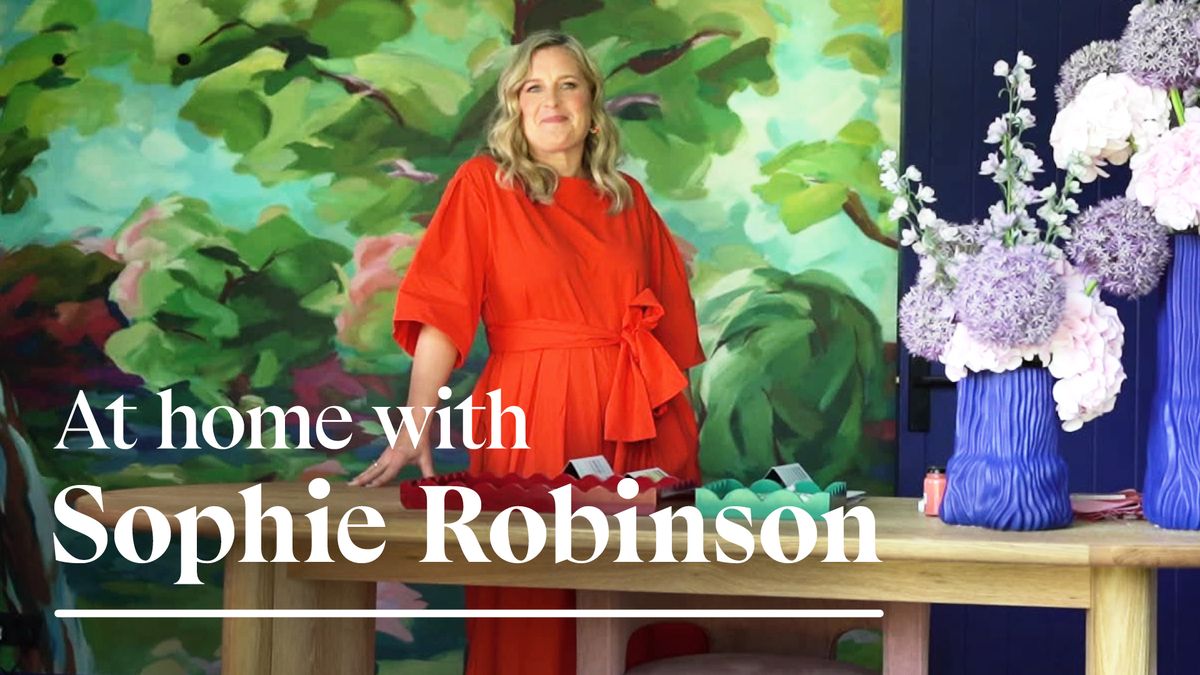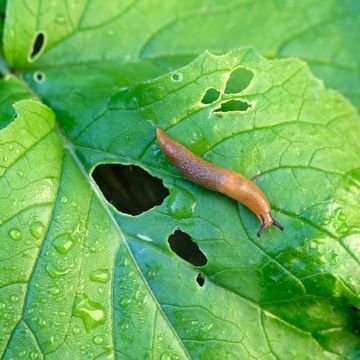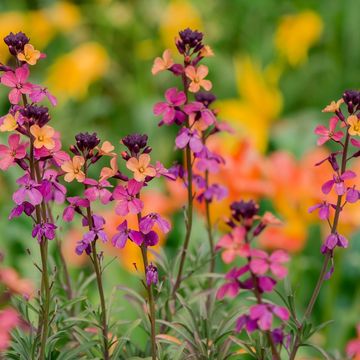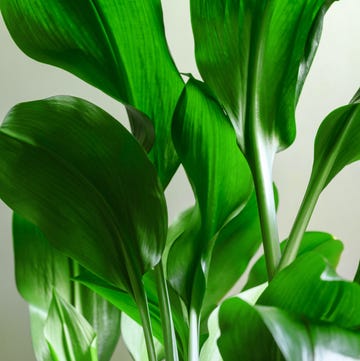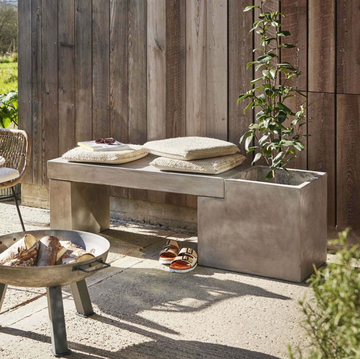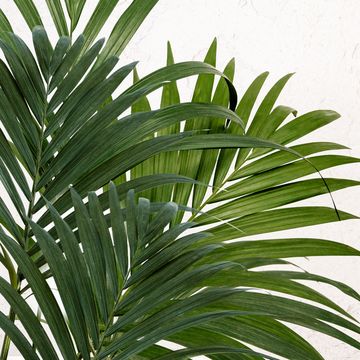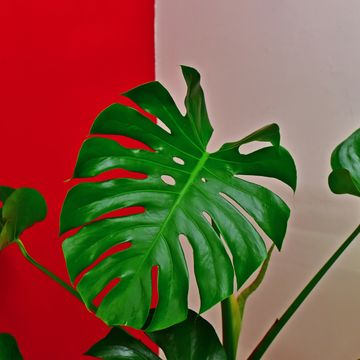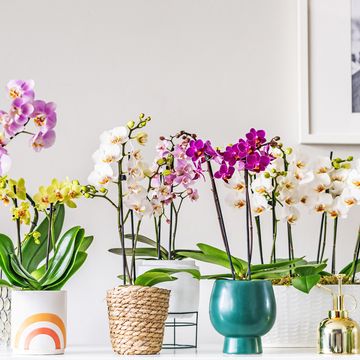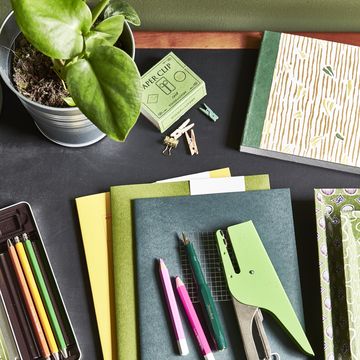We earn a commission for products purchased through some links in this article.
Fact 1: A native of South Africa
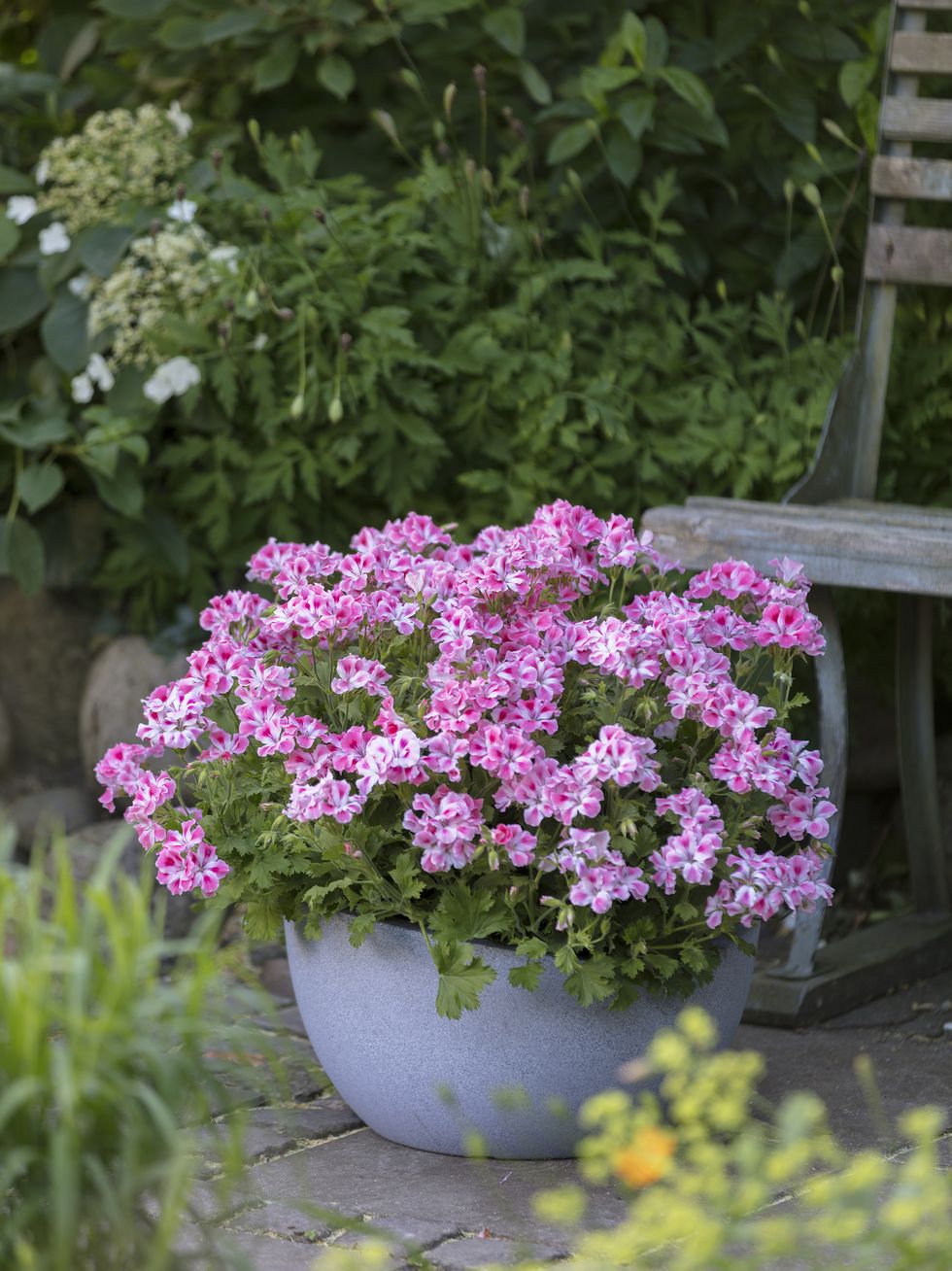 Pelargonium for Europe
Pelargonium for EuropeGeranium is a native of South Africa, where more than 250 wild species of the plant still grow. The first geraniums did not come to Europe until the 17th century.
Where to buy geraniums?
• Thompson & Morgan
• Crocus
• Suttons
Fact 2: The Pelargonium/Geranium Question
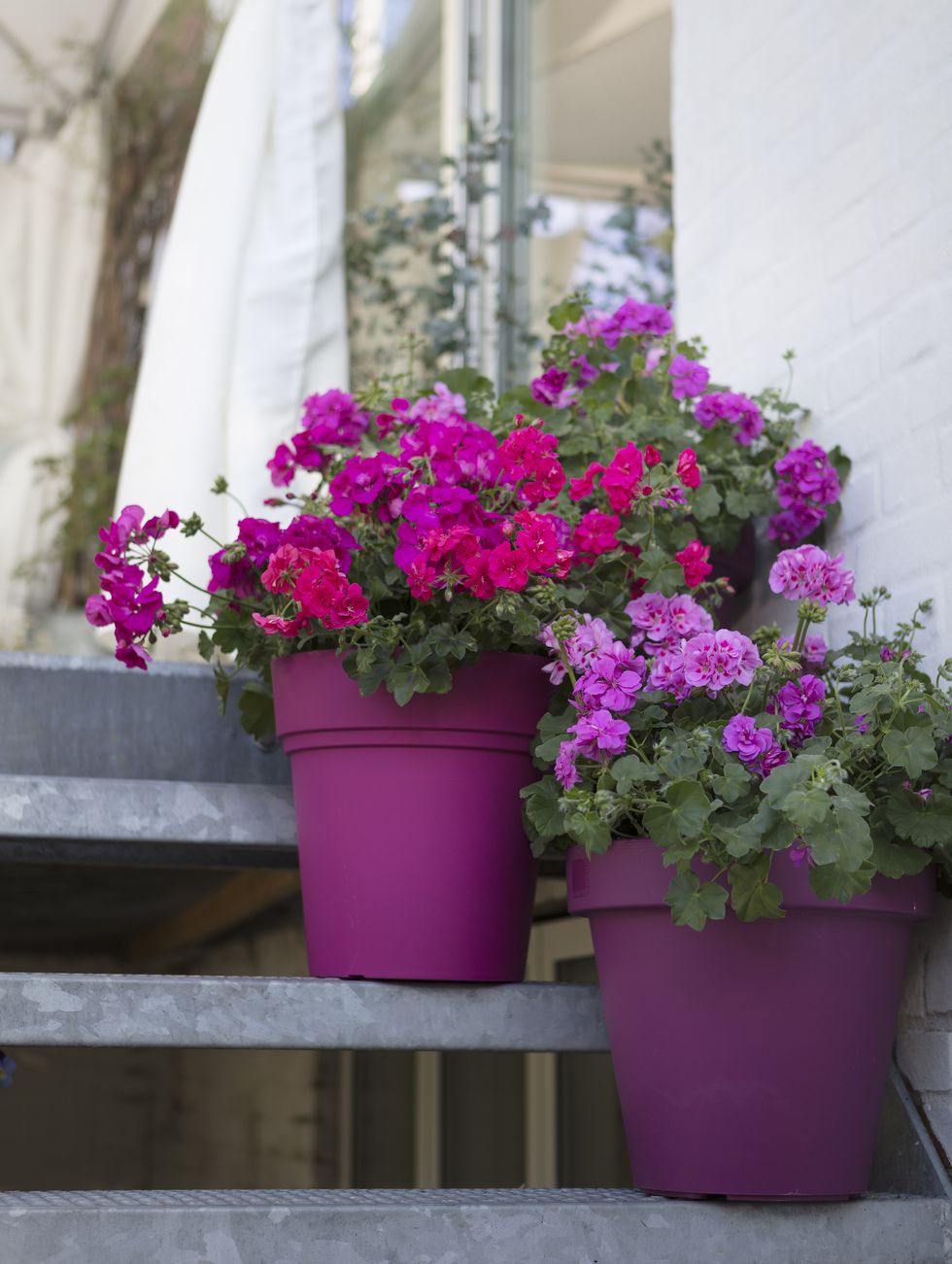 Pelargonium for Europe
Pelargonium for EuropeThe ‘geranium’ is not actually a member of the Geranium family. To gardeners and botanists, 'geranium' refers to a winter-hardy perennial shrub. To add to the confusion, the popular summer bloomers we all know and love are known among experts as 'pelargoniums'.
The naming problem occurred in the 17th century when the first pelargoniums were brought to Europe and were called geraniums, due to their similarity to the perennial plant, and so the name geranium has been used ever since!
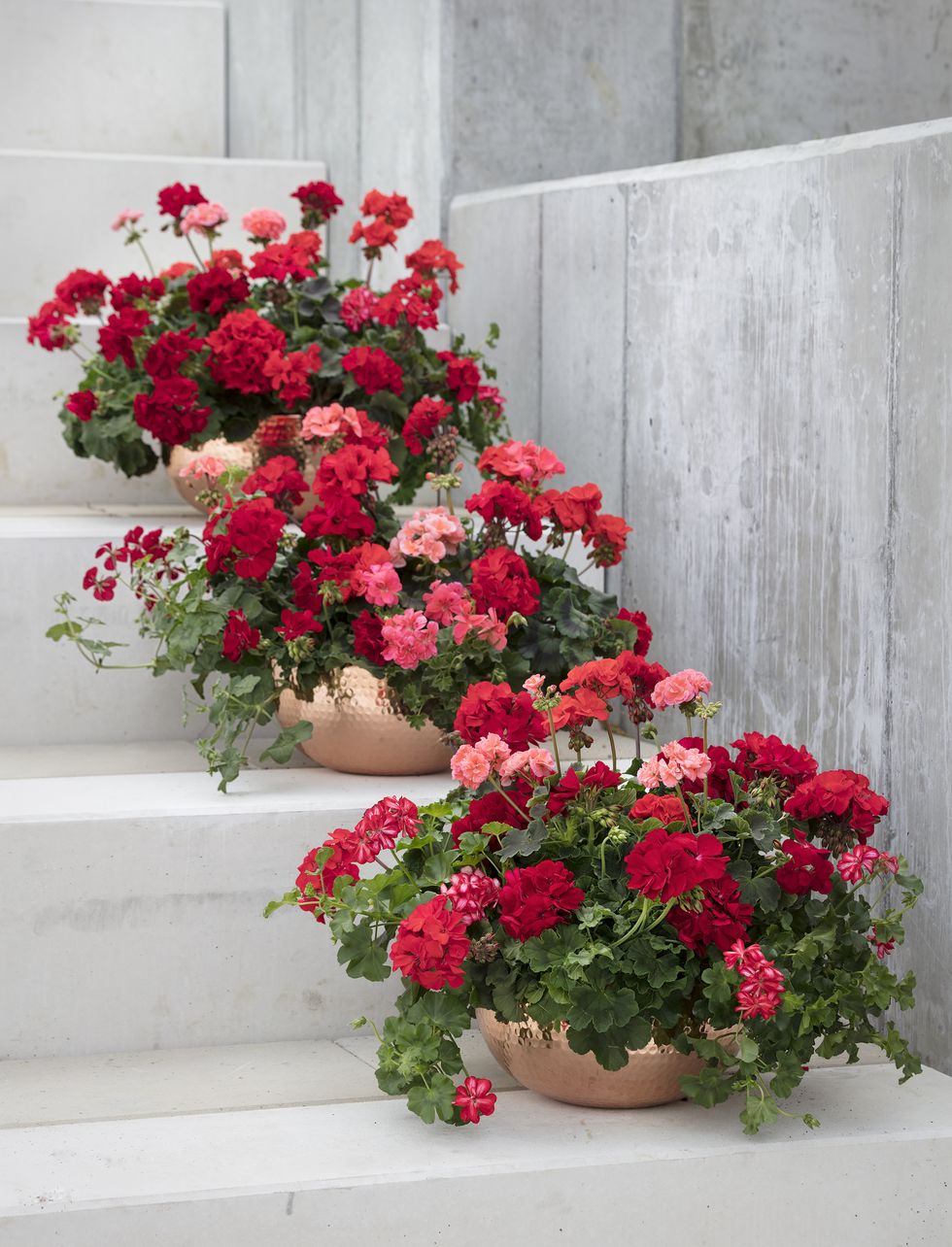 Pelargonium for Europe
Pelargonium for EuropeStyle tip: Block colours
Planting single-colour geraniums isn’t new, but the enormous variety in shades means that you can create a very individual style – think deepest burgundy or purple for a darker display, or lilac for a vivid splash of unusual colour. If a white display appeals, try instead a white variety with a splash of pink or red in their petals. Combine with trailing ivy for a classic look.
Advertisement - Continue Reading Below
Fact 3: Cultural commodity and symbol of homeland
 Pelargonium for Europe
Pelargonium for EuropeSeveral European countries consider the geranium an integral part of their culture and a symbol of their homeland. The Swiss have even elected this easy-care blooming beauty as their national flower.
Fact 4: Culinary qualities
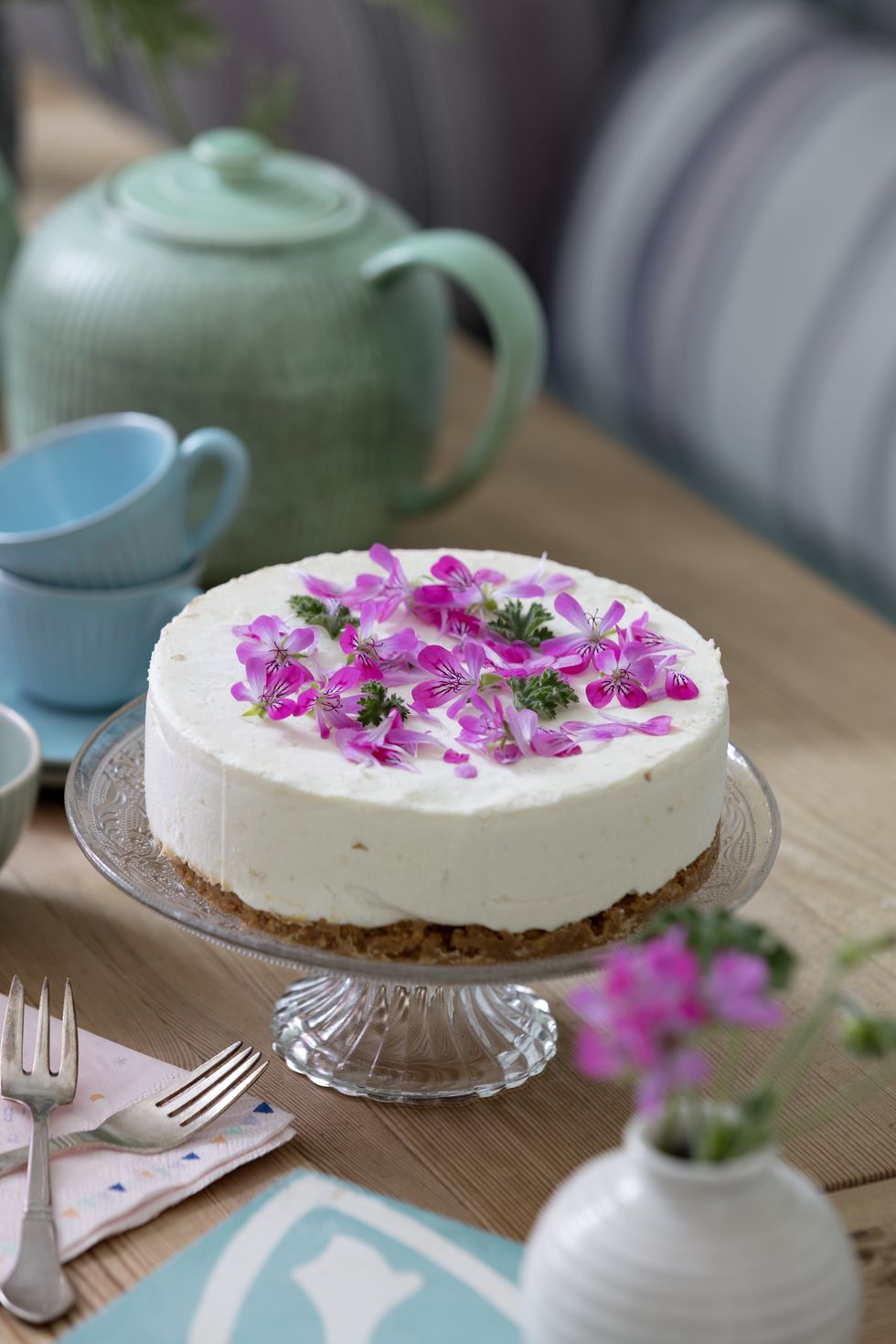 Pelargonium Europe
Pelargonium EuropeThe leaves and flowers of scented geraniums are edible. Thanks to the essential oils in their leaves, they lend not only decorative touches but also a fine aroma to meat dishes, salads and desserts.
Varieties with a lemon aroma add zest to salads, sorbets or tea. Rose geraniums lend a sophisticated note to puddings, cakes, jams or desserts. Those with a peppermint scent are a delicious addition to homemade lemonade.
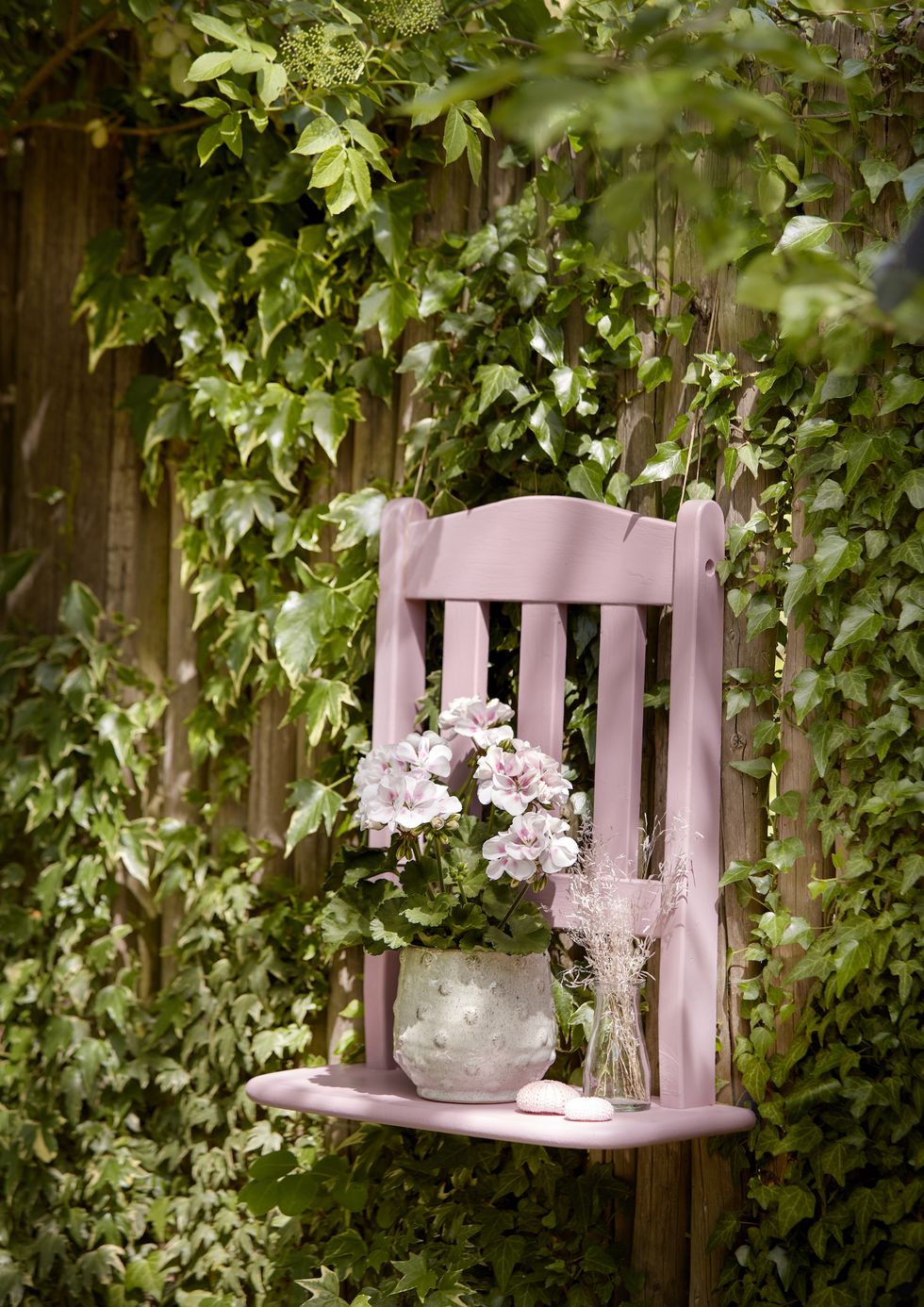 Pelargonium for Europe/Bjarni B. Jacobsen Fotografi
Pelargonium for Europe/Bjarni B. Jacobsen FotografiCraft idea: DIY hanging chair
An old wooden chair can be turned into an original hanging shelf, on which the flowering geranium can come into its own.
Simply dismantle an old wooden chair into its components, saw through the seat in the middle, and screw the front half to the backrest so that the saw edge points to the rear. Next, spray or paint the chair, hang it up, and decorate it with a potted geranium and other decorative accessories.
Advertisement - Continue Reading Below
Fact 5: Indoor plants
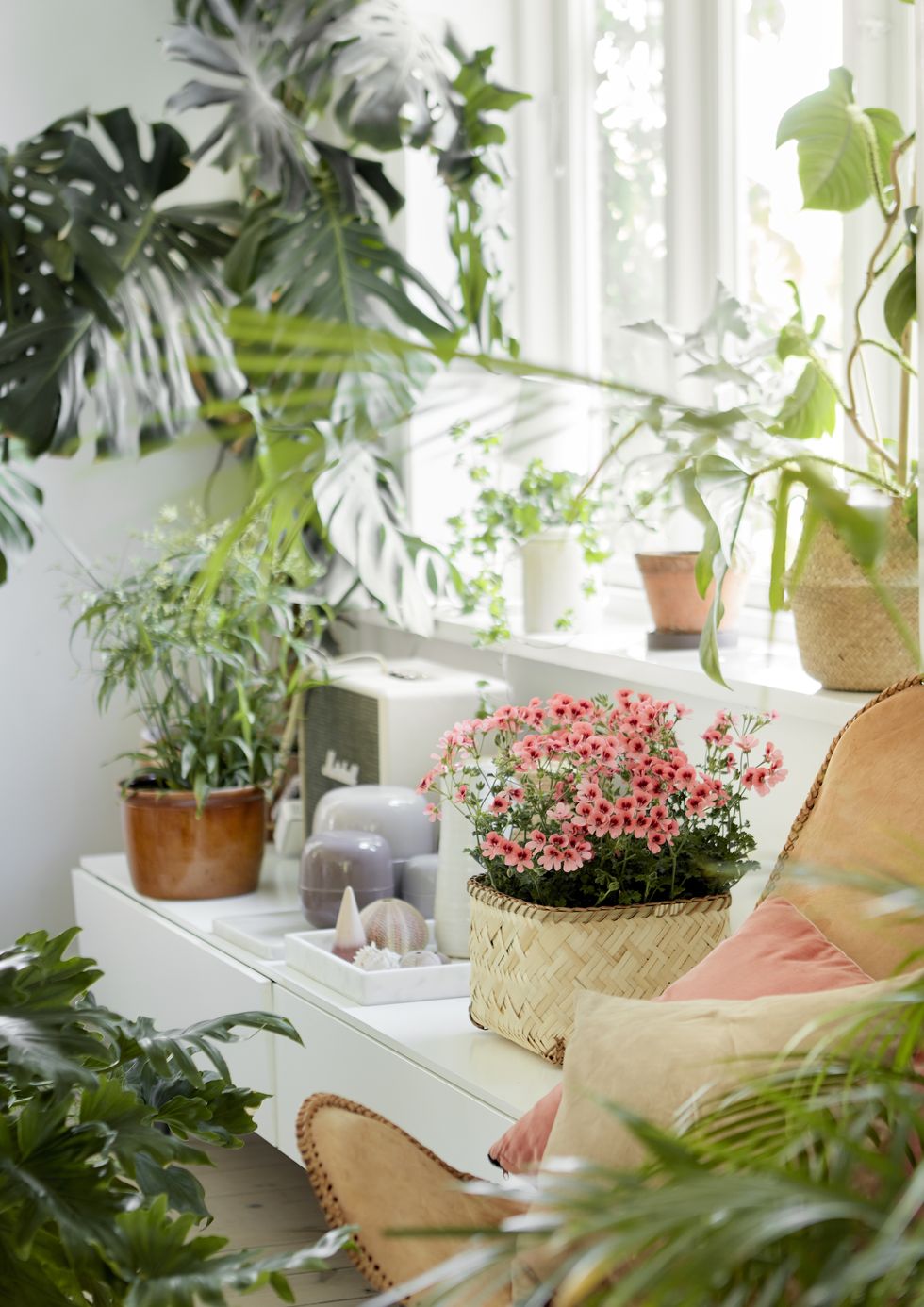 Pelargonium For Europe/Bjarni B. Jacobsen Fotografi
Pelargonium For Europe/Bjarni B. Jacobsen FotografiGeraniums not only adorn balconies, terraces and gardens, they also enhance interiors. Geraniums thrive in a bright place inside the house if cared for properly. However, most varieties feel most at home in a sunny to semi-shaded spot outside.
Fact 6: Stylish room decoration
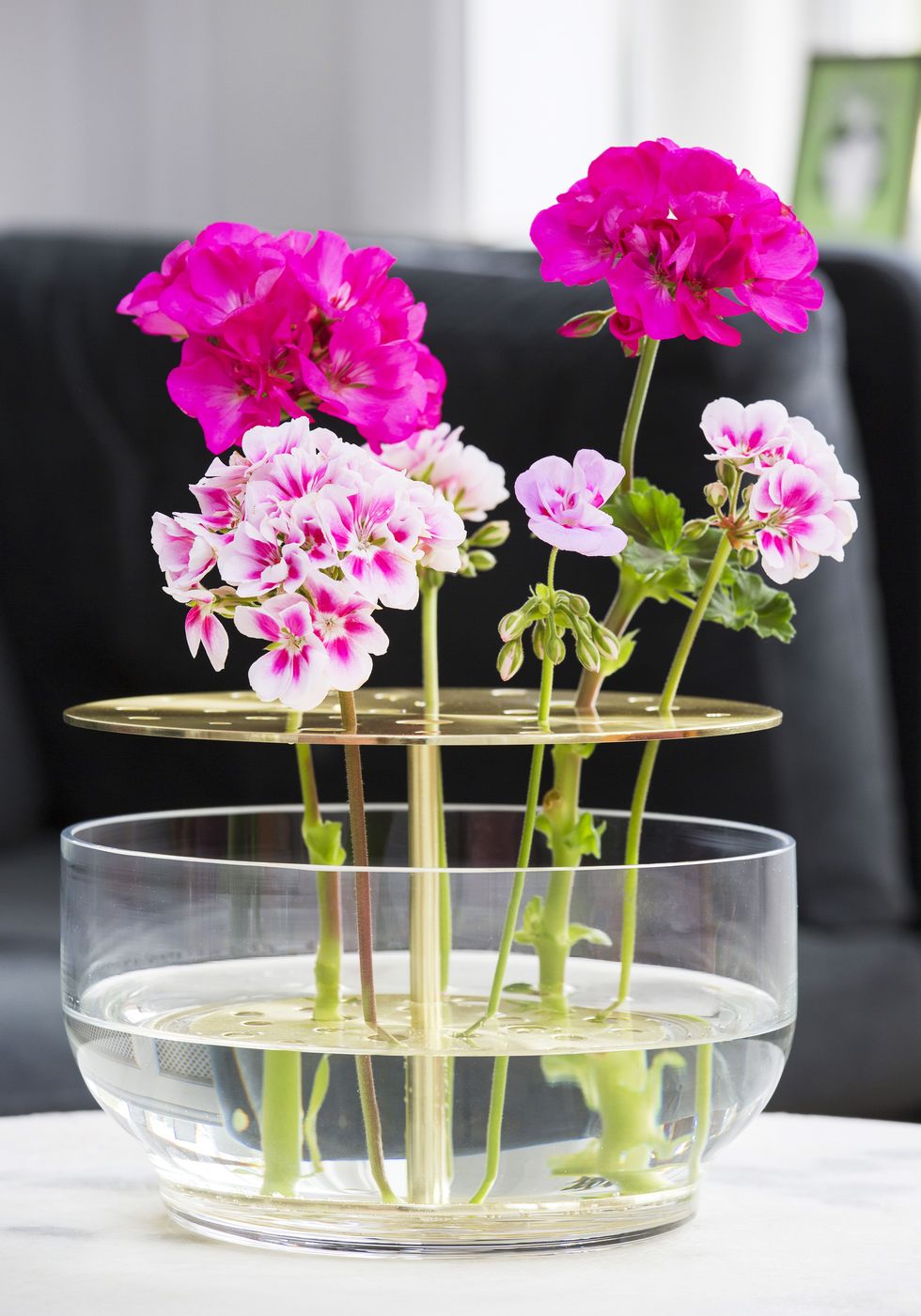 Pelargonium for Europe
Pelargonium for EuropeIn particular, the regal geranium was originally cultivated as a houseplant, and it also goes well with modern interiors.
Other geraniums such as angel and scented-leaved geraniums, also feel at home in a sunny spot indoors, where they create an unmistakeable feeling of summer. Use them as cut flowers too – a few geranium stems in a simple vase, adds colour to any room.
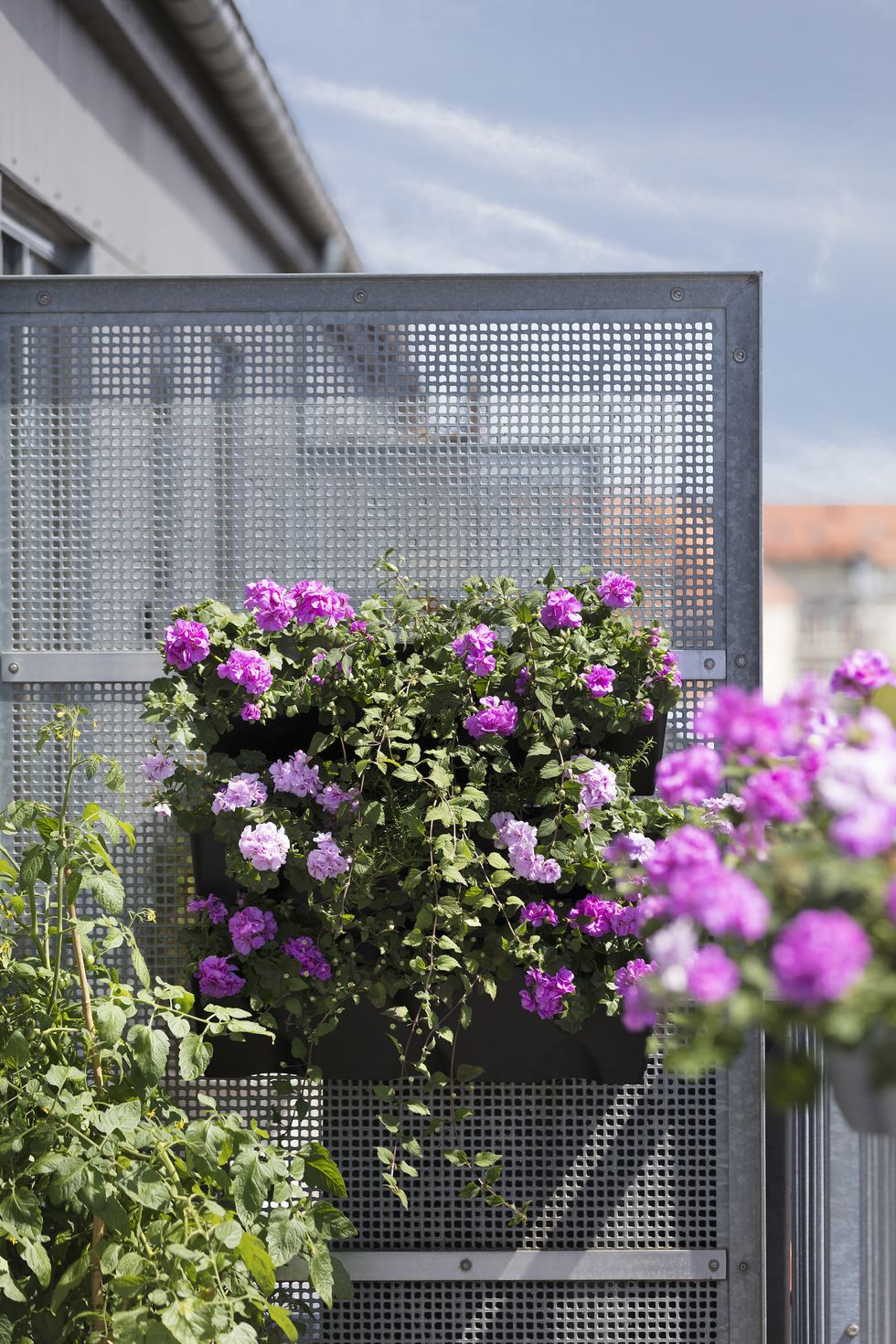 Pelargonium for Europe
Pelargonium for EuropeStyle tip: Go ombre
Choose shades of the same colour from light to dark to create a tonal effect. There are so many geranium colours available – think brightest orange, fading down to palest tangerine; or deep hot pink, moving down to the faintest blush. Using different tones of the same colour creates a sense of depth and visual interest.
Advertisement - Continue Reading Below
Fact 7: Healing powers
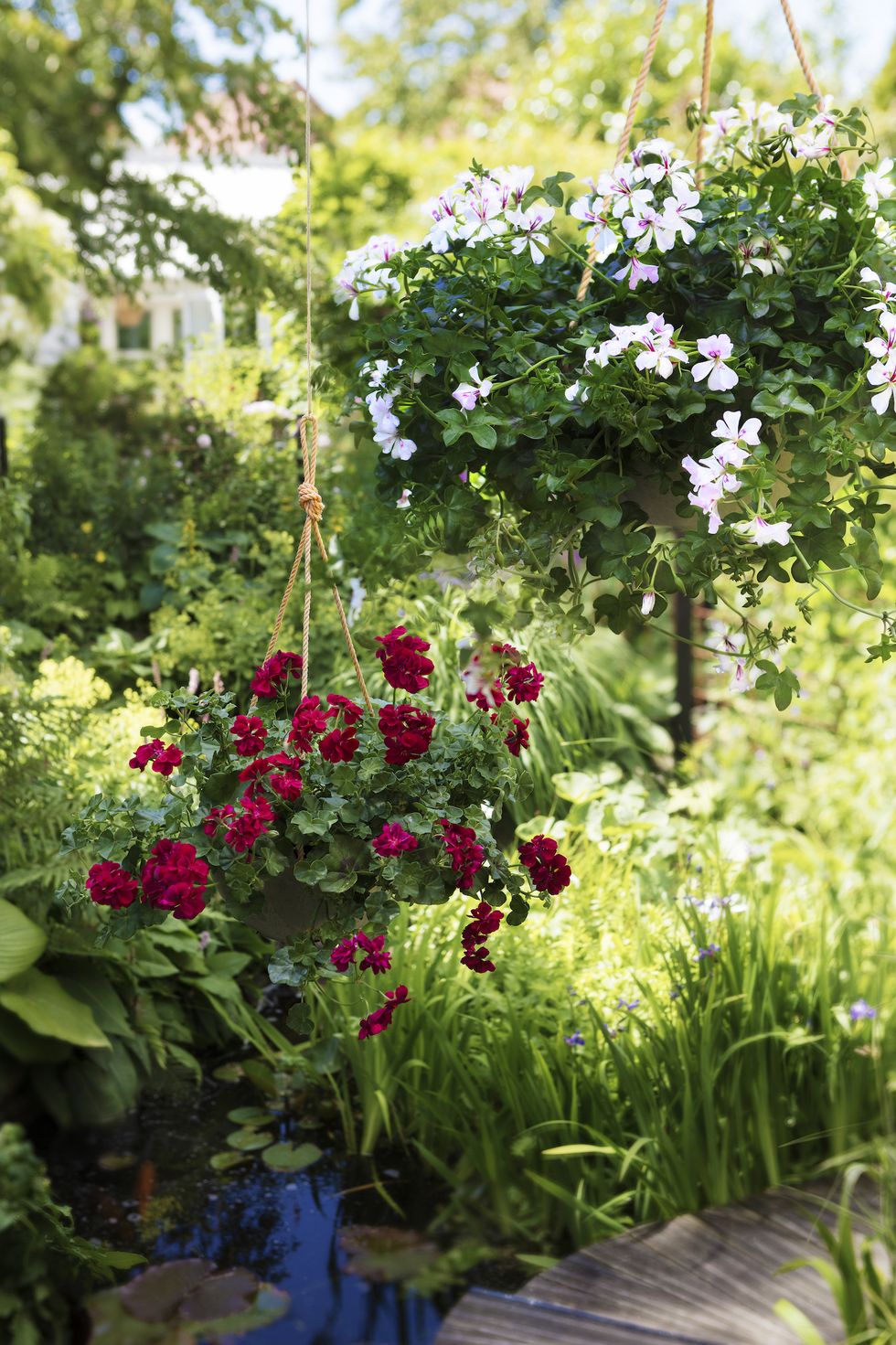 Pelargonium for Europe
Pelargonium for EuropeGeraniums are not only decorative, some also have healing powers. The roots of the Cape region pelargonium, were used by the indigenous people of South Africa to treat respiratory disease, and to this day are a main ingredient of the natural remedy 'Umckaloabo'. The essential oils in certain types of scented geraniums are also said to help alleviate depression and stress.
Fact 8: Natural insect repellent
 Pelargonium for Europe
Pelargonium for EuropeCertain scent-leaved geraniums can effectively ward off insects, thanks to the essential oils contained in their leaves. At the slightest breeze or the lightest touch, these plants release their perfume. What may be a pleasant smell to us humans will repel mosquitoes, wasps and other insects. The best insect repellents are geraniums with lemon and orange aromas.
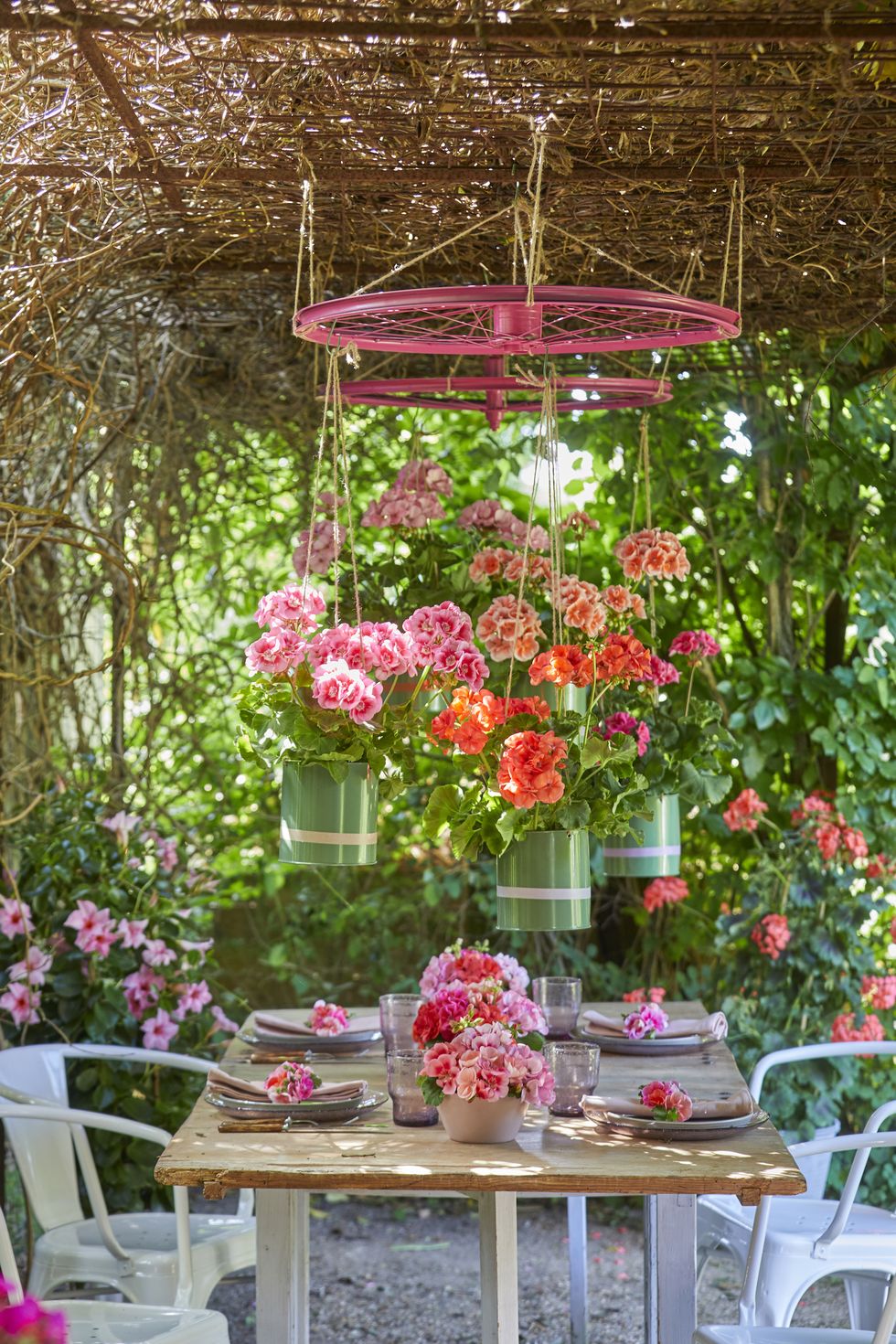 Pelargonium for Europe
Pelargonium for EuropeCraft idea: Plant canopy
Dine alfresco under a canopy of flowers with this DIY upcycling idea. Attach jute string to a pergola or similar structure, use old bicycle wheels to string it through, and hang easy-to-care-for geraniums in pots.
Advertisement - Continue Reading Below
Fact 9: Immense spectrum of varieties
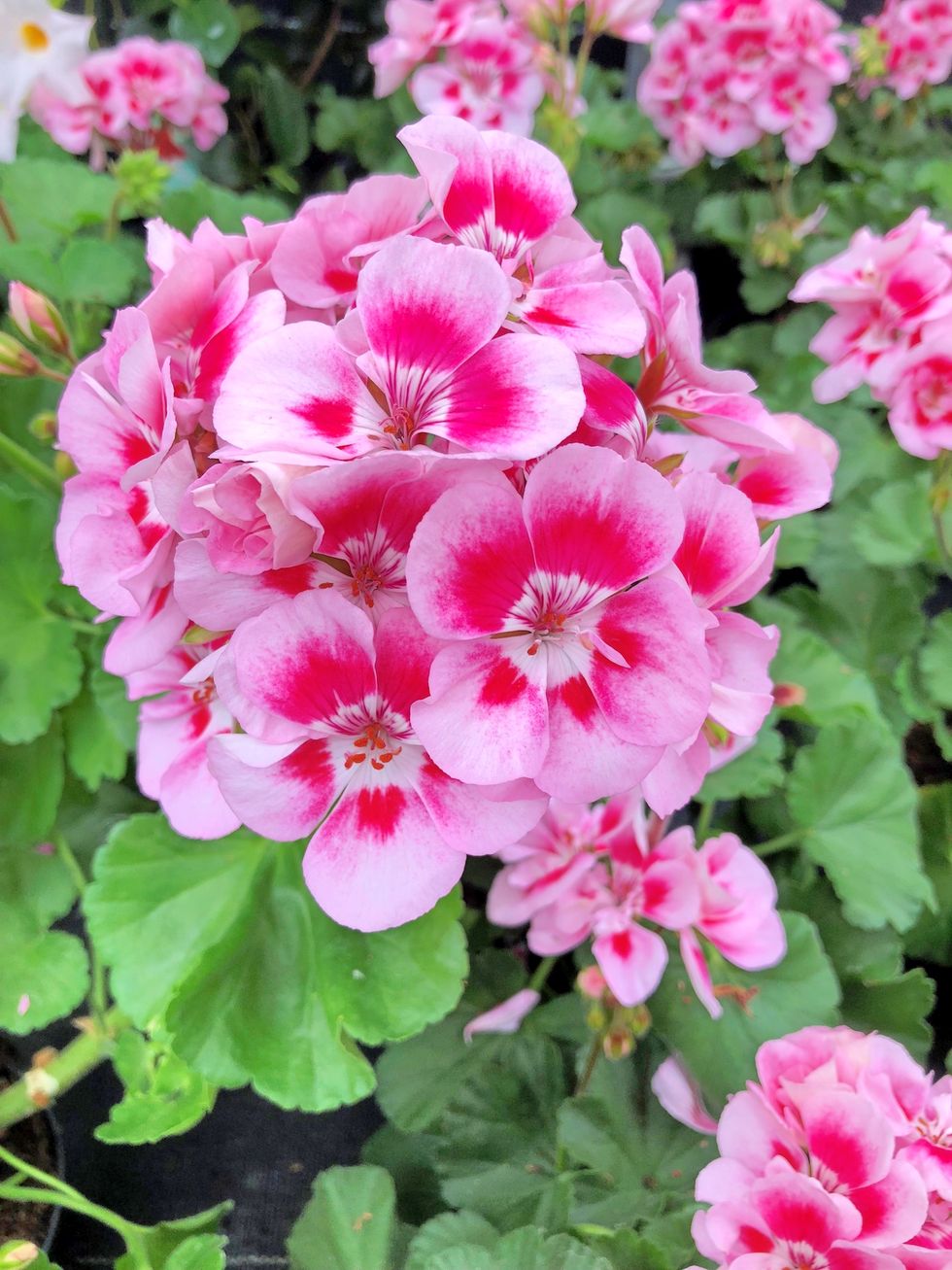 Fenneke Smouter//Getty Images
Fenneke Smouter//Getty ImagesMost people know geraniums as those bright red or white balcony boxers. However, the geranium has a huge diversity of colours, leaves and flower shapes, sizes and growth forms. They not only bloom in red and white, but also in many other shades such as pink, violet, lilac, apricot, orange and yellow, as well as a wide range of bicolour variants.
Fact 10: Bountiful blooms even without a green thumb
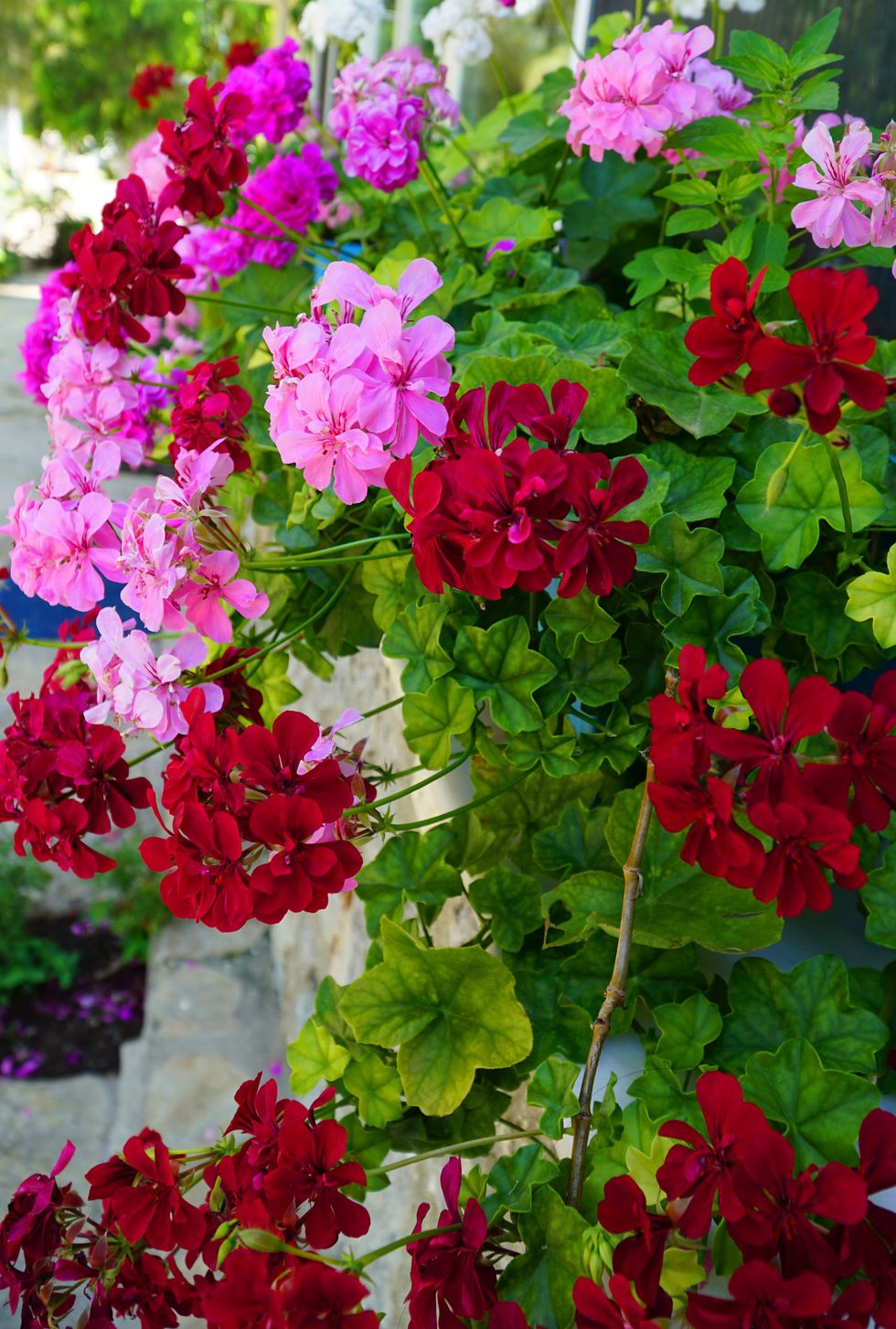 YONCA60//Getty Images
YONCA60//Getty ImagesGeraniums are delightfully low maintenance, easy care and durable, and as such ideal for those who can’t or don’t want to spend a lot of time caring for their plants. Even those who do not have a green thumb can achieve a beautiful display of flowers with minimum time and effort.
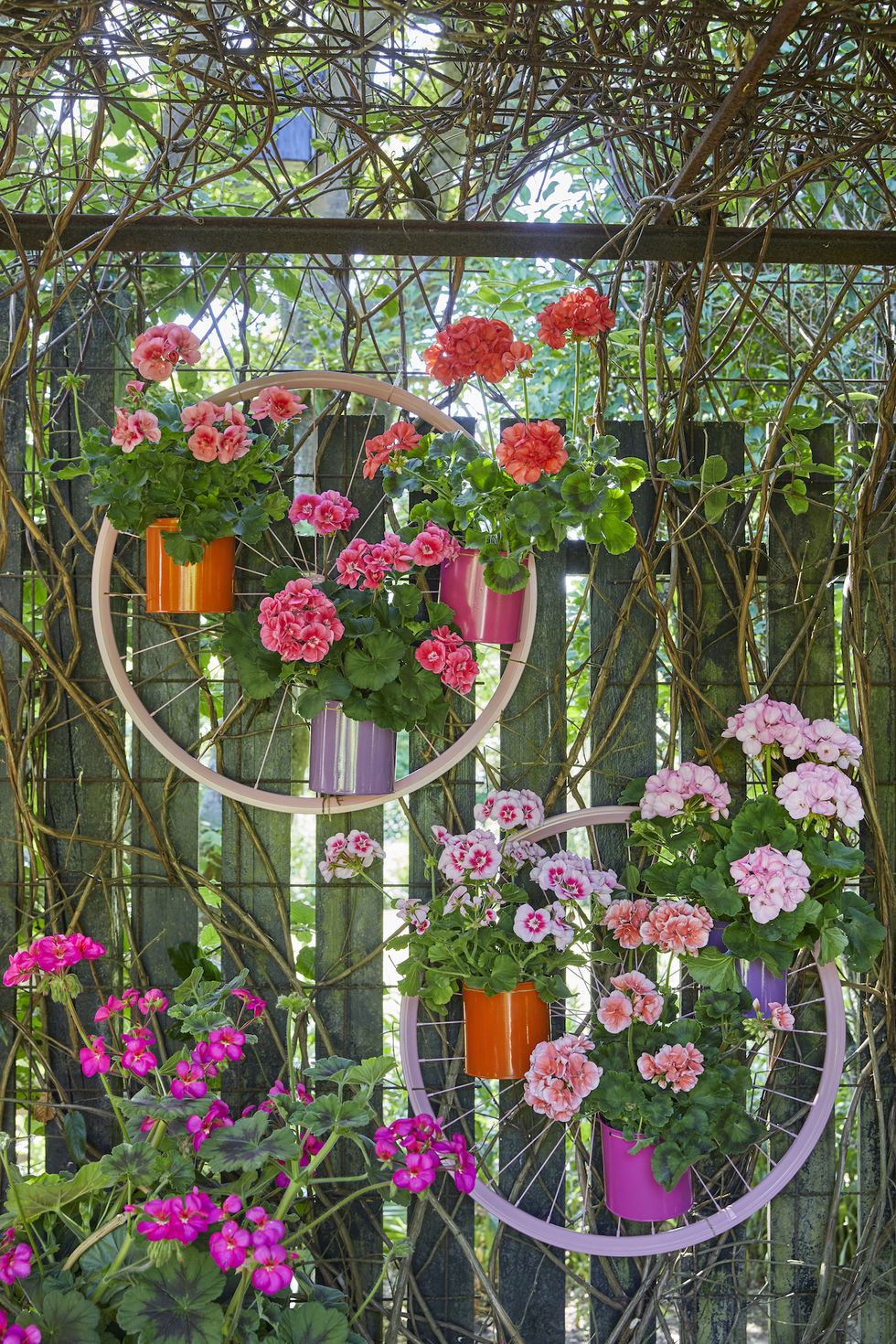 Pelargonium for Europe
Pelargonium for EuropeCraft idea: DIY bicycle vertical garden
Why not reuse some old bike wheels and suspended from your fence or wall? An attractive way to display colourful flower pots. The pots are simply attached to the spokes with wire. Flowering geraniums in various colours make for a spectacular floral display.
Advertisement - Continue Reading Below
Fact 11: Record breaker
 Pelargonium for Europe
Pelargonium for EuropeWhen given proper care, geraniums can achieve record-breaking size. There have even been reports of specimens that have supposedly achieved heights of five metres or a circumference of more than 10 metres. Probably not for your average window box then...
Fact 12: Early and late blooms
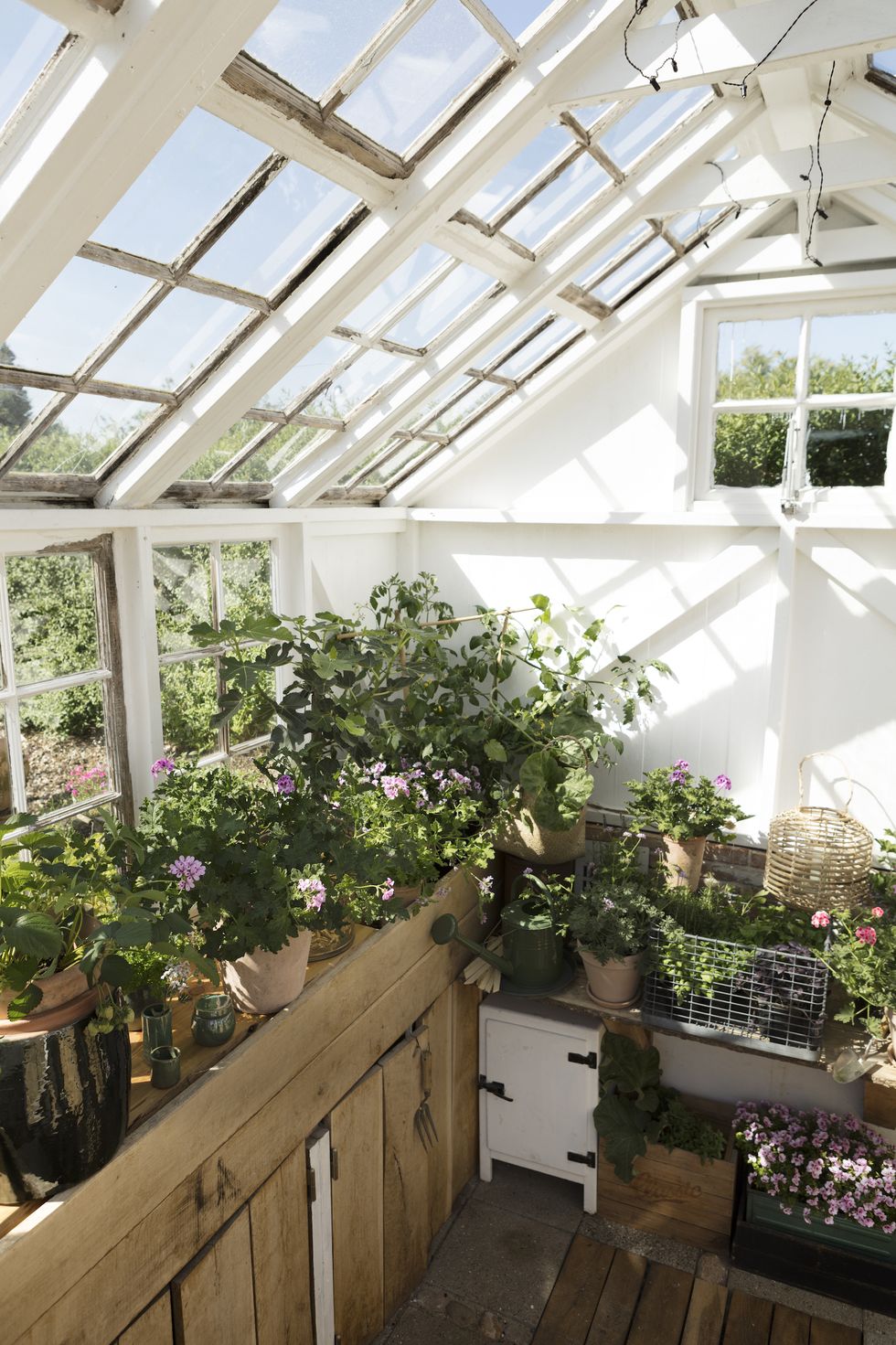 Pelargonium for Europe/Bjarni B. Jacobsen Fotografi
Pelargonium for Europe/Bjarni B. Jacobsen FotografiBlooms of geraniums can begin to unfold as early as May, but don’t put these tender plants outdoors until the last frosts are over. Similarly, although geraniums will carry on blooming well into autumn, they are not frost hardy, so bring plants into a light, frost-free place to overwinter, before night temperatures drops.
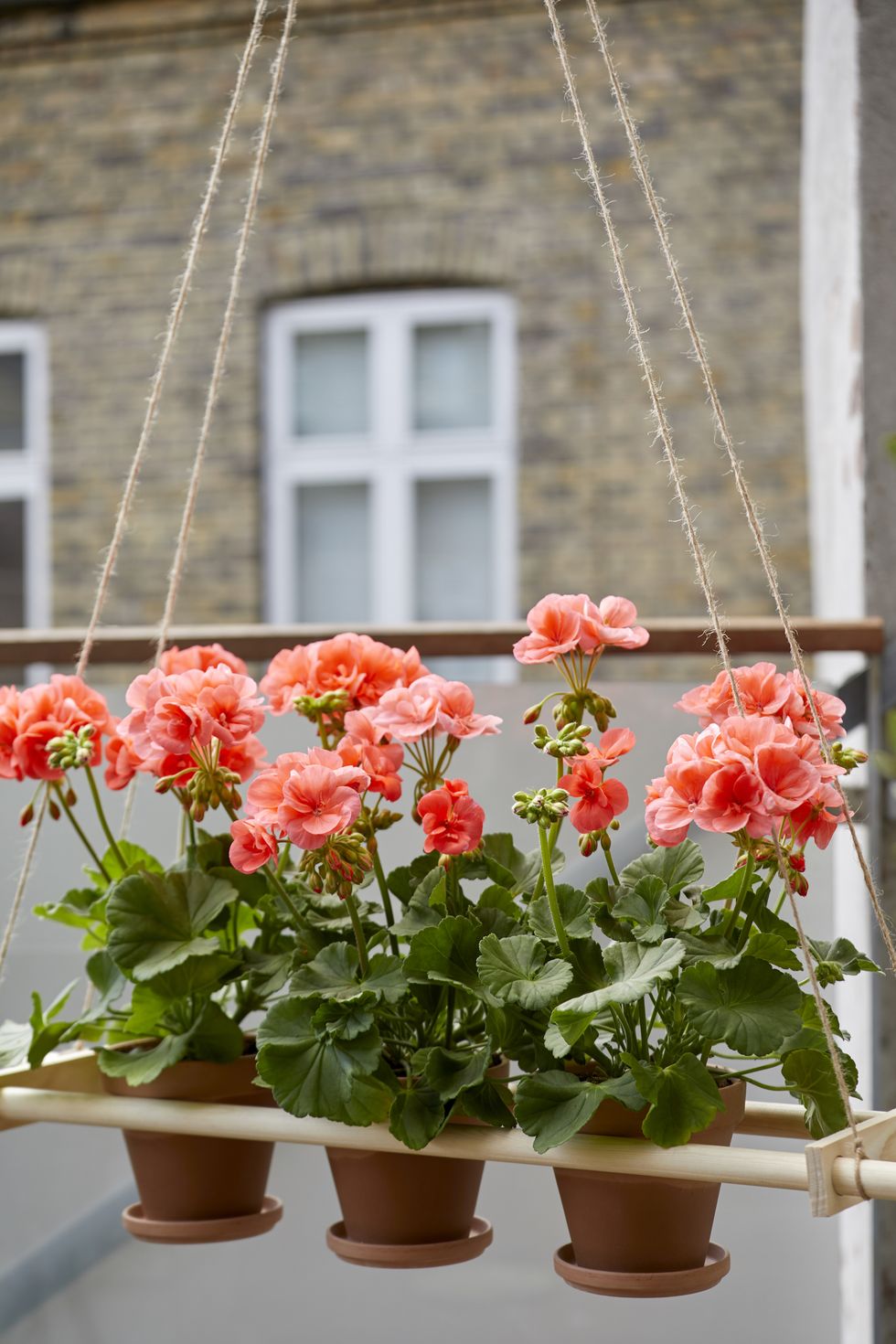 Pelargonium for Europe
Pelargonium for EuropeCraft idea: Hanging balcony planter
Create a beautiful balcony display with a hanging planter filled with geraniums. All you need is upright or trailing geraniums, terracotta pots with saucers, glue, rope and two round wooden poles and connecting pieces.
Advertisement - Continue Reading Below
Fact 13: Virtually indestructible
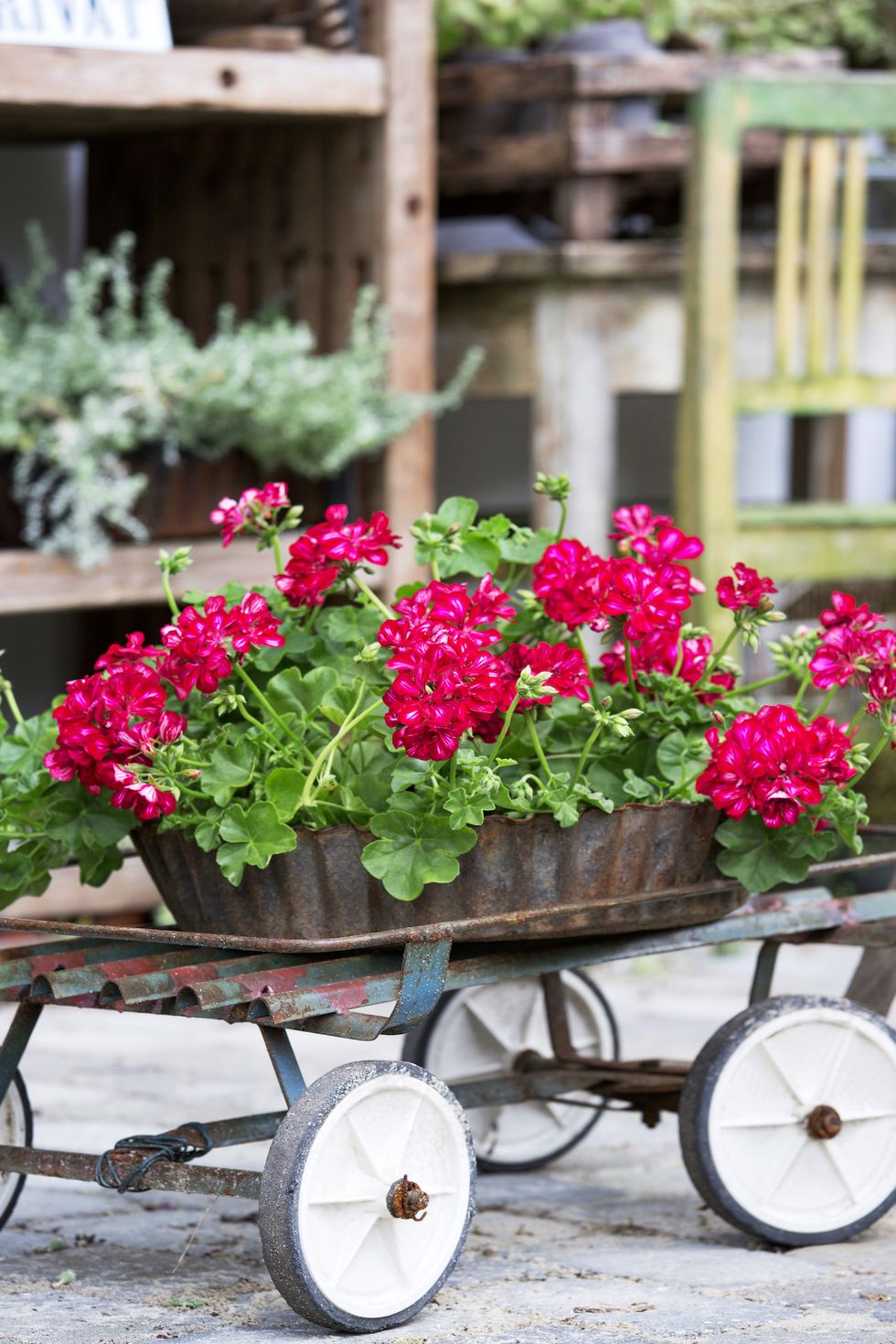 Pelargonium for Europe
Pelargonium for EuropePelargoniums are one of the few summer bedding plants that are largely left untouched by slugs and snails. Gardeners may find molluscs hiding beneath pelargoniums’ bushy foliage, but their stout stems and thick, fleshy leaves are unpalatable to these plant-wreckers.
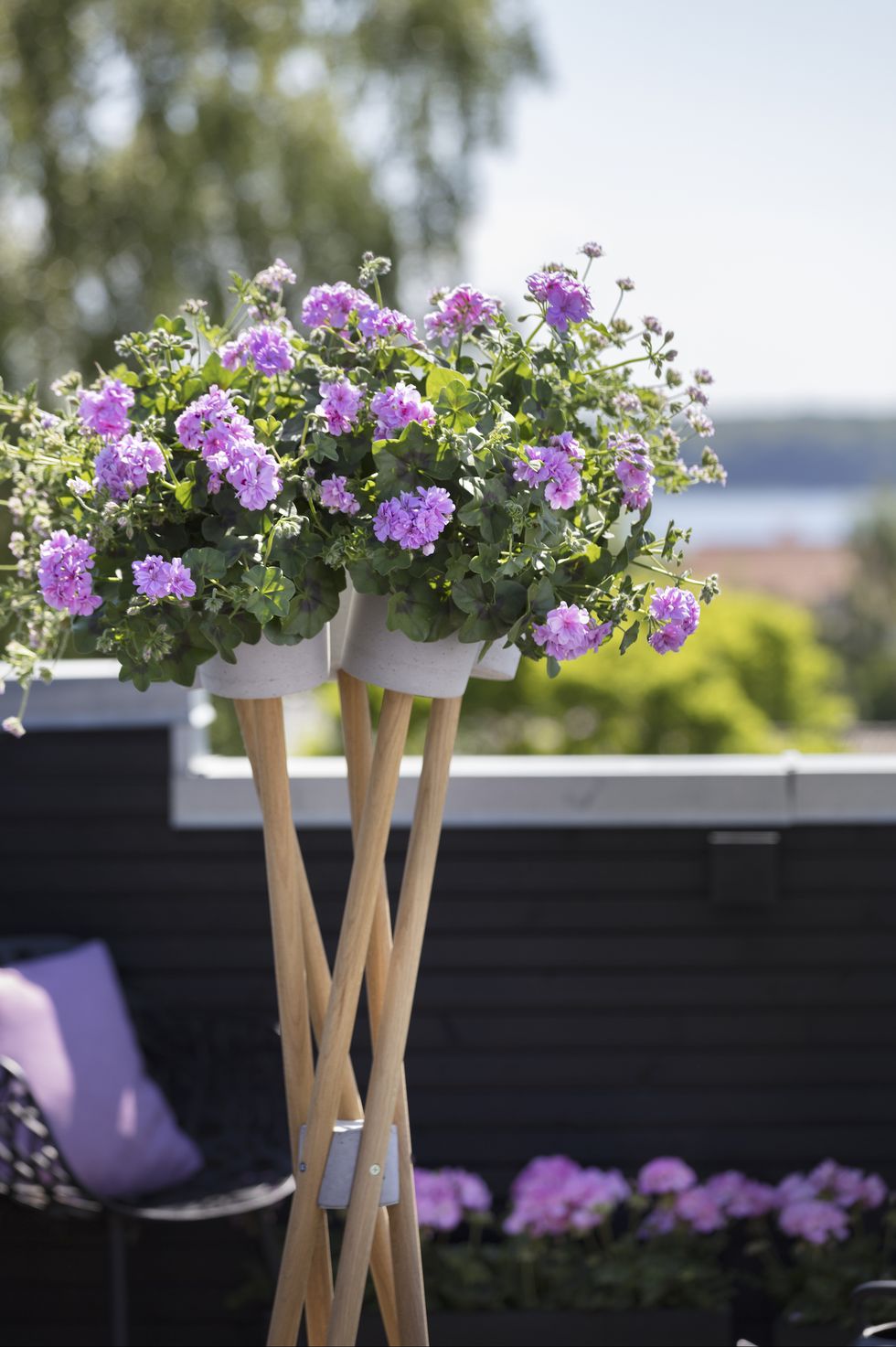 Pelargonium for Europe
Pelargonium for EuropeStyle tip: Create height
Create height and interest on your balcony by placing your geraniums in a tall plant stand that will take up little floor space. This is ideal for displaying the cascading beauty of trailing geraniums.
Advertisement - Continue Reading Below
Advertisement - Continue Reading Below
Advertisement - Continue Reading Below
